Trial results showed high nitrogen removal efficiency and significant biomass production in a hypersaline, artificial wetland
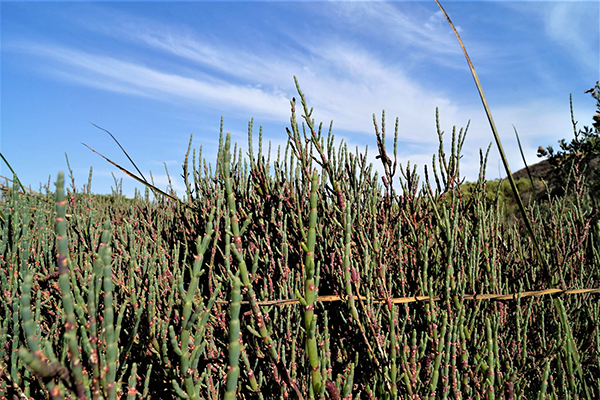
The development of marine recirculating aquaculture systems (RAS) is limited by the ability to efficiently treat saline wastewater, which accumulates a large amount of nitrogen compounds derived from the metabolism of the cultured organisms. In RAS, the removal of nitrogen compounds, mainly ammonium and ammonia, is a priority for elimination because they quickly degrade the water quality and have negative effects on cultured animals. Biofilters that promote the conversion of ionized and deionized ammonium to nitrate are usually used for this purpose. Nitrate is not highly toxic to most cultured organisms, with tolerable accumulated concentrations reported between 120 and 150 mg per liter in marine RAS.
The recent development of integrated systems allows for the use of RAS waste products as nutrients, coupling different water loops with the main fish or shrimp production water system. To take advantage of these waste products, such as nitrogen compounds that accumulate in marine RAS, the use of artificial wetlands with halophytes [plants that are salt-tolerant and grow in soil or waters of high salinity, coming into contact with saline water through its roots or by salt spray, such as in seashores, saline semi-deserts, mangrove swamps and other environments] has been proposed. Halophyte plants have the ability to absorb different forms of nitrogen, depending on different environmental factors.
If these plants are grown in lysimeters [measuring device which can be used to measure the amount of actual evapotranspiration which is released by plants ] or wetlands, the interactions between the soil, microorganisms and plants have a higher potential to remove nitrogen compounds and produce biomass, which can be used as animal feed or human food, and in the production of biofuels or byproducts of interest to the pharmaceutical industry, among other applications. Additionally, it has been demonstrated that these systems are also efficient in removing residual phosphates from RAS.
Salicornia neei is a halophyte that lives in salty water, native to South America and abundantly distributed on the South Pacific coast, where much of the marine aquaculture production in South America is concentrated. S. neei is used as gourmet food and is a type of emerging crop in the coastal zone of Chile. This plant has been described as containing high quantities of nutrients and important functional metabolites.
This article – adapted and summarized from the original publication (Diaz, M.R. et al. 2020. Efficiency of Salicornia neei to Treat Aquaculture Effluent from a Hypersaline and Artificial Wetland. Agriculture 2020, 10, 621) – reports on a study to evaluate the capacity of the halophyte S. neei for use as a sink for dissolved nitrogen compounds in effluent from land-based marine aquaculture systems, and to simultaneously evaluate the resulting biomass production.
Study setup
We collected 100 Salicornia neei plants with fully developed roots and shoots in the “Salinas de Puyalli” wetland, located in the commune of Papudo, Valparaíso Region, Chile, and transferred them to the “Laboratorio Experimental de Acuicultura” of the Pontificia Universidad Católica de Valparaíso, in Valparaíso, Chile. Plants were implanted in sand beds and irrigated for 10 weeks, and then they were transferred to the experimental unit.
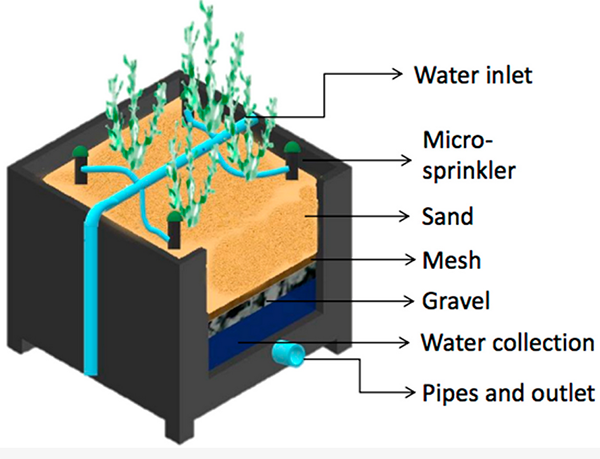
The experimental unit consisted of three separate RAS, each including three drainage lysimeters (replicates). Each lysimeter was housed in a polyethylene container measuring 0.5 × 0.6 × 0.6 meters (length × width × depth) with a surface area of 0.3 square meters and a total area per RAS of 0.9 square meters. Four S. neei plants were implanted and grown in each lysimeter until a biomass of approximately 1 kg per lysimeter or 3 kg per square meter was reached. Drainage water (effluent) was returned to the respective collection tanks of each system to close the recirculating water loop.
Plants were cultivated for 74 days in drainage lysimeters under three treatments of seawater fertilized with: (1) Nit + Amm, (2) Nit, or (3) without fertilizer (Control). The physicochemical parameters of water quality were recorded directly from the drainage water during the first eight consecutive days after nutrient addition.
For detailed information on the experimental design, lysimeters, data collection and statistical analyses, refer to the original publication.
Results and discussion
The integration of halophytes as a biofilter in recirculating systems in marine aquaculture has been proposed as an adequate alternative to decontaminating water with increased nitrogen compounds. In this study we evaluated if artificial wetlands of S. neei could be used to treat saline aquaculture effluent. S. neei was selected mainly due to its natural occurrence throughout much of the South Pacific coast of South America, which would allow its rapid adoption in the growing South American aquaculture. The nitrate-nitrogen removal rate and removal efficiency recorded in our study were higher than or similar to those reported with other halophyte species in high salinity. Thus, artificial wetlands of S. neei could be an adequate alternative for the treatment of highly concentrated wastewater released from marine RAS operations.
Physico-chemical parameters of the effluent, such as temperature and pH, are especially important in the treatment of saline wastewater because they can affect the determinant processes in the removal of nitrogen compounds. In our study, temperature and pH were maintained within the optimal ranges (20–21 degrees-C and 7.8–8.2, respectively) and therefore did not affect the nutrient removal processes. This finding is consistent with studies by other researchers reporting that, for denitrification processes in wetland systems, the optimal temperature ranges between 20 and 40 degrees-C and the optimal pH is approximately 8.0.
Another important parameter we evaluated in our study was the high effluent salinity, which reached concentrations of up to 50 grams per liter of sodium chloride, NaCl. This increase was mainly due to the known environmental factor of evapotranspiration, consistent with a data from other scientists who found increased salinity of treated water in artificial wetlands despite the salt uptake by plants due to soil evaporation and plant transpiration.
Nitrogen bioaccumulation was not determined empirically in this study, but we derived it from a previous study by our research group. That study showed that the total of nitrogen fixed in the aerial part of S. neei corresponds to 1.76 ± 0.08 grams per 100 grams of fresh weight. Similar results were obtained in Salicornia brachiata by other researchers in India. Thus, we estimated that the total concentration of nitrogenous nutrients fixed in S. neei at the end of our trial would be between 46 and 103.9 grams for the Nit treatment, whereas for Nit + Amm, the fixation would be between 57.8 and 130.1 grams of N for the total biomass formed by this treatment, indicating that S. neei could assimilate most of the nitrogen available in this test.
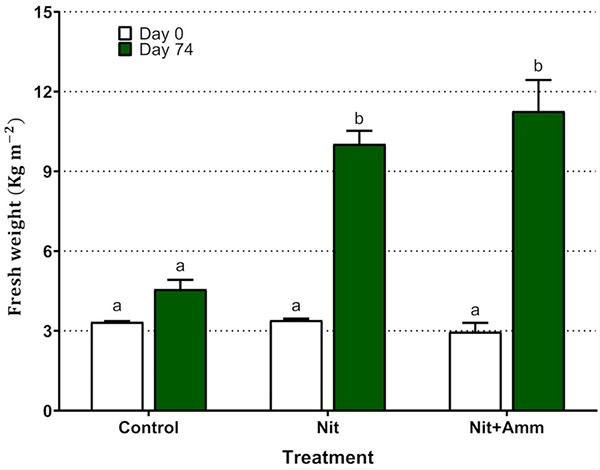
Based on these results, we can also suggest that S. neei can store ammonium-N if the differences of the estimates in the two treatments are considered (approximately 20 percent more N with the Nit + Amm treatment. This reflects the synergy produced by these two compounds when consumed at the same time. However, other researchers have reported that the actual absorption may represent only a relatively small fraction of the global rate of nitrogen (N) elimination, and that microorganisms have the most important role in the use and transformation of nitrogen component.
In response to this uncertainty, other researchers have studied and obtained low removal rates by plants. Specifically, Tanner et al. found that of the total nitrogen removed by planted wetland systems, only 25 percent corresponded to fixation in plants. Similarly, Lin et al. observed that, of the 73 percent of nitrogen removed, only 11 percent was fixed in plants. Despite the above, Webb et al. observed significant differences between the nitrogen removal capacity in beds planted with and without halophytes: in their study, they demonstrated a higher removal yield in planted beds than in unplanted beds.
This is consistent with our results that show nitrogen removal is proportional to biomass. Therefore, we cannot rule out that the increase in biomass exclusively explains the increase in the nitrate removal rate. In fact, it is plausible that a strong root system formed by this class of plants supports the establishment of certain microorganisms that improve the removal rate of nitrogen loads by acting synergistically.
The formation of S. neei biomass during the evaluation period reached a total net weight of 7 to 8 kg per square meter over a period of 11 weeks in the treatments irrigated Nit and Nit + Amm respectively. These high yields in biomass production are comparable to those obtained by Ventura et al., who reported yields for the related species Salicornia persica reaching 16 kg per square meter in a span of 24 weeks. By comparison, S. neei plants remained vigorous throughout the evaluation period, even at high salinity concentrations close to 50 grams per liter of NaCl.
This inherent feature of halophytes highlights the powerful response mechanisms to abiotic stress triggered by S. neei, reinforcing the feasibility of including this plant for aquaculture effluent treatment. Regarding removal of the two sources of nitrogen compounds, there was a positive interaction between the ammonium/nitrate supplied for biomass formation of S. neei.
Perspectives
Our results demonstrate that the integration of S. neei into artificial wetlands with recirculating aquaculture effluent would be a viable alternative for eliminating nutrient loads in saline wastewater and that this plant has potential for marine RAS systems in South America.
Now that you've reached the end of the article ...
… please consider supporting GSA’s mission to advance responsible seafood practices through education, advocacy and third-party assurances. The Advocate aims to document the evolution of responsible seafood practices and share the expansive knowledge of our vast network of contributors.
By becoming a Global Seafood Alliance member, you’re ensuring that all of the pre-competitive work we do through member benefits, resources and events can continue. Individual membership costs just $50 a year.
Not a GSA member? Join us.
Authors
-
Mónica R. Diaz
Escuela de Ciencias del Mar, Pontificia Universidad Católica de Valparaíso, Valparaíso, Chile
-
Javier Araneda
Escuela de Ciencias del Mar, Pontificia Universidad Católica de Valparaíso, Valparaíso, Chile
-
Andrea Osses
Escuela de Ciencias del Mar, Pontificia Universidad Católica de Valparaíso, Valparaíso, Chile
-
Jaime Orellana
Erwin Sander Elektroapparatebau GmbH, 31311 Uetze-Eltze, Germany
-
Dr. José A. Gallardo
Corresponding author
Escuela de Ciencias del Mar, Pontificia Universidad Católica de Valparaíso, Valparaíso, Chile
Tagged With
Related Posts
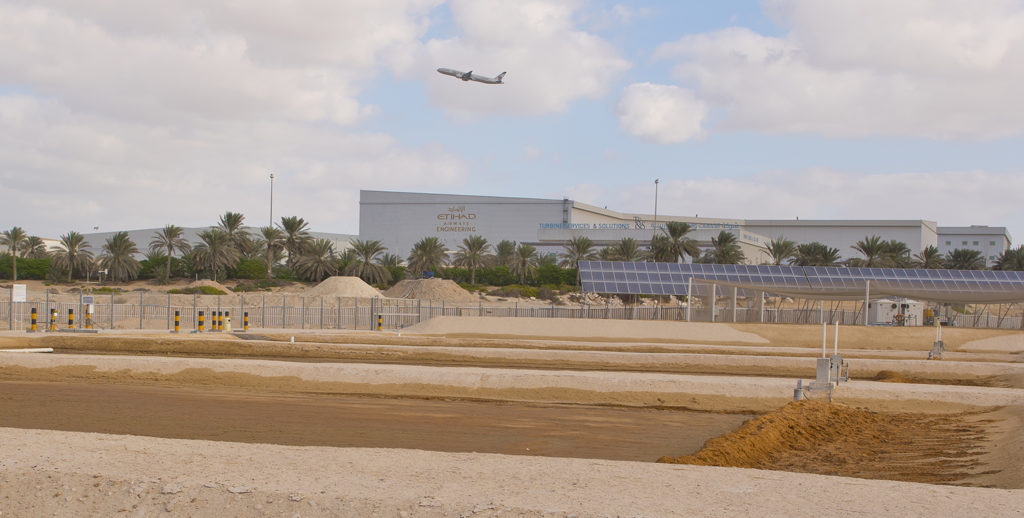
Innovation & Investment
Jet-setting: Turning aquaculture wastewater into aviation fuel
The Seawater Energy and Agriculture System at Khalifa University in Masdar City, UAE, is applying aquaculture concepts to biofuel production for airlines.
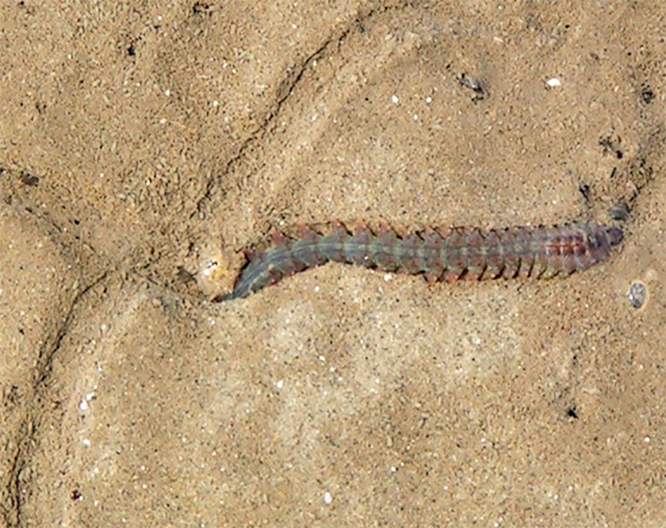
Responsibility
Nutrient recovery from shrimp farming with combined integrated multitrophic aquaculture of polychaete worms, saltworts
Evaluation of IMTA designs showed a single polyculture tank with ragworms and saltwort had best bioremediation performance and biomass production.
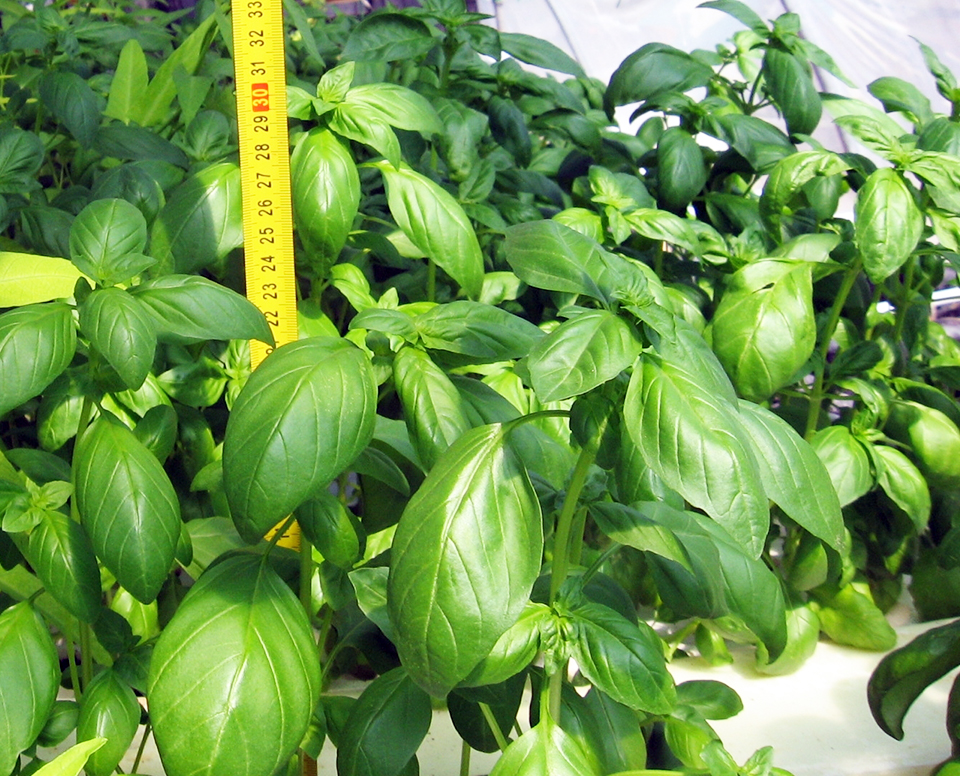
Responsibility
Saline aquaponics: Potential player in food, energy production
The integration of marine and brackish water aquaculture with plants can help lead to alternative food production on coastlines, in arid lands and in urban/periurban areas. Some 50 salt-tolerant plants could be cultivated for grains or biodiesel applications.
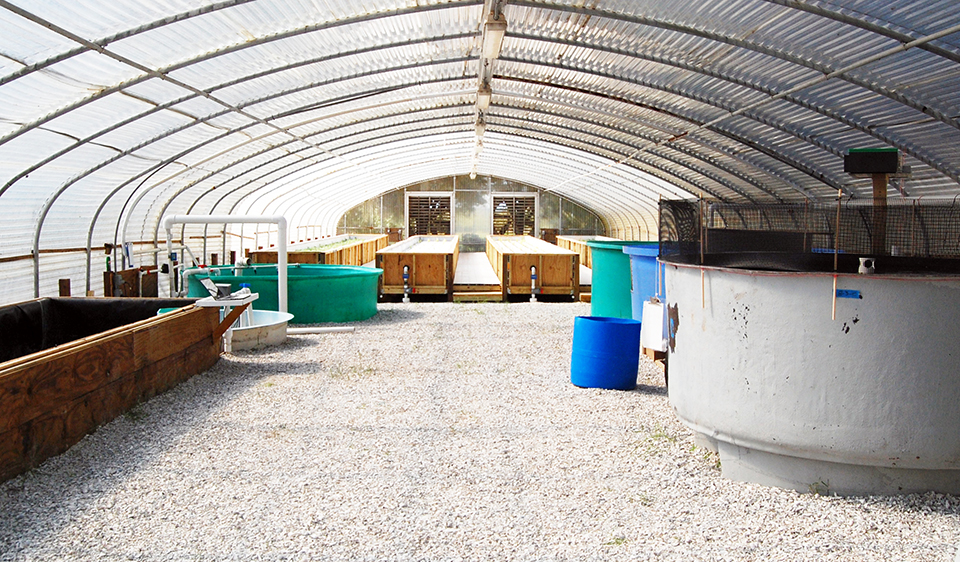
Responsibility
Aquaponic system produces red drum, saltwater vegetable species
A project in Florida is studying the feasibility of a marine aquaponic system containing red drum and two native saltwater species. Water that exits the plant raceways is filtered and recirculated to the fish tanks. In tests, sea purslane grew rapidly, while saltwort took almost four months to adapt. The fish exhibited high survival and achieved a feed-conversion ratio of 1.2.



